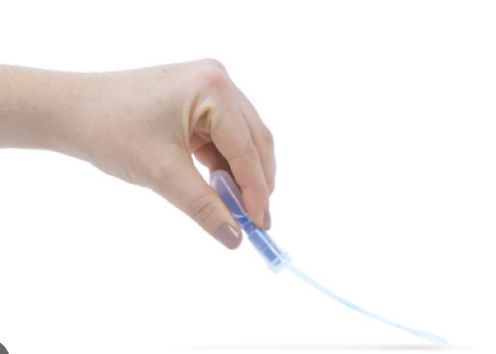ATP swab function
The functions of ATP swabs are mainly as follows:
I. Rapid detection of cleanliness
1. High efficiency and convenience: It can assess the cleanliness of object surfaces in a short time (usually within a few minutes). Whether in food processing workshops, hospital wards, hotel restaurants or other places, it can be quickly detected without waiting for long laboratory analysis results.
2. On-site decision-making: Testers can take corresponding cleaning measures immediately according to the test results to improve work efficiency. For example, on a food production line, if it is found that the ATP content on the surface of a certain equipment exceeds the standard, the equipment can be cleaned and disinfected in time to avoid contaminating the subsequently produced food.
II. Ensuring food safety
1. Food processing links: Used to detect the cleanliness of food processing equipment, tools, packaging materials and other surfaces to ensure that food is not contaminated by microorganisms and organic matter during production. For example, detecting whether there are residual meat scraps and bacteria on the surface of meat processing equipment to prevent cross-contamination. 2. Catering industry: Detecting tableware, dining tables, kitchen countertops, etc. to ensure the safety and hygiene of the dining environment for consumers. Dirty tableware can be found in time to avoid food poisoning and other problems caused by tableware contamination.

III. Reducing the risk of hospital infections
1. Medical equipment detection: Regularly detect various medical equipment in hospitals, such as stethoscopes, sphygmomanometers, infusion pumps, etc., to ensure that the equipment surface is clean and reduce cross-infection between patients. Especially for some equipment that directly contacts the patient’s body, such as thermometers and catheters, the detection of ATP swabs is particularly important.
2. Ward environment monitoring: Detect the cleanliness of surfaces such as bedside tables, windowsills, and door handles in wards to provide patients with a clean and safe treatment environment. At the same time, the hands of medical staff can also be detected to urge medical staff to strictly implement hand hygiene regulations.
IV. Improving service quality
1. Hotel and catering service industry: After cleaning hotel rooms, use ATP swabs to detect the cleanliness of furniture, bathroom facilities and other surfaces in the room to ensure the comfort and safety of guests. In catering places, detect the cleanliness of kitchen equipment and tableware to increase customers’ trust in restaurant hygiene. 2. Other service industries: In places such as beauty salons and gyms, ATP swabs can also be used to detect the cleanliness of tools and equipment to provide customers with a better service experience.
V. Supervising the implementation of cleaning work
1. Quantitative assessment: Through ATP swab detection, specific numerical results can be obtained to quantitatively assess cleaning work. In this way, the effect of cleaning work can be understood more intuitively, which is convenient for managers to supervise and assess.
2. Promote improvement: If the test results are not ideal, the reasons can be analyzed in time to find out the deficiencies in cleaning work and take corresponding improvement measures. For example, adjusting cleaning methods, increasing cleaning frequency, and replacing cleaning agents to improve the quality of cleaning work.
 A professional supplier of swabs
A professional supplier of swabs
